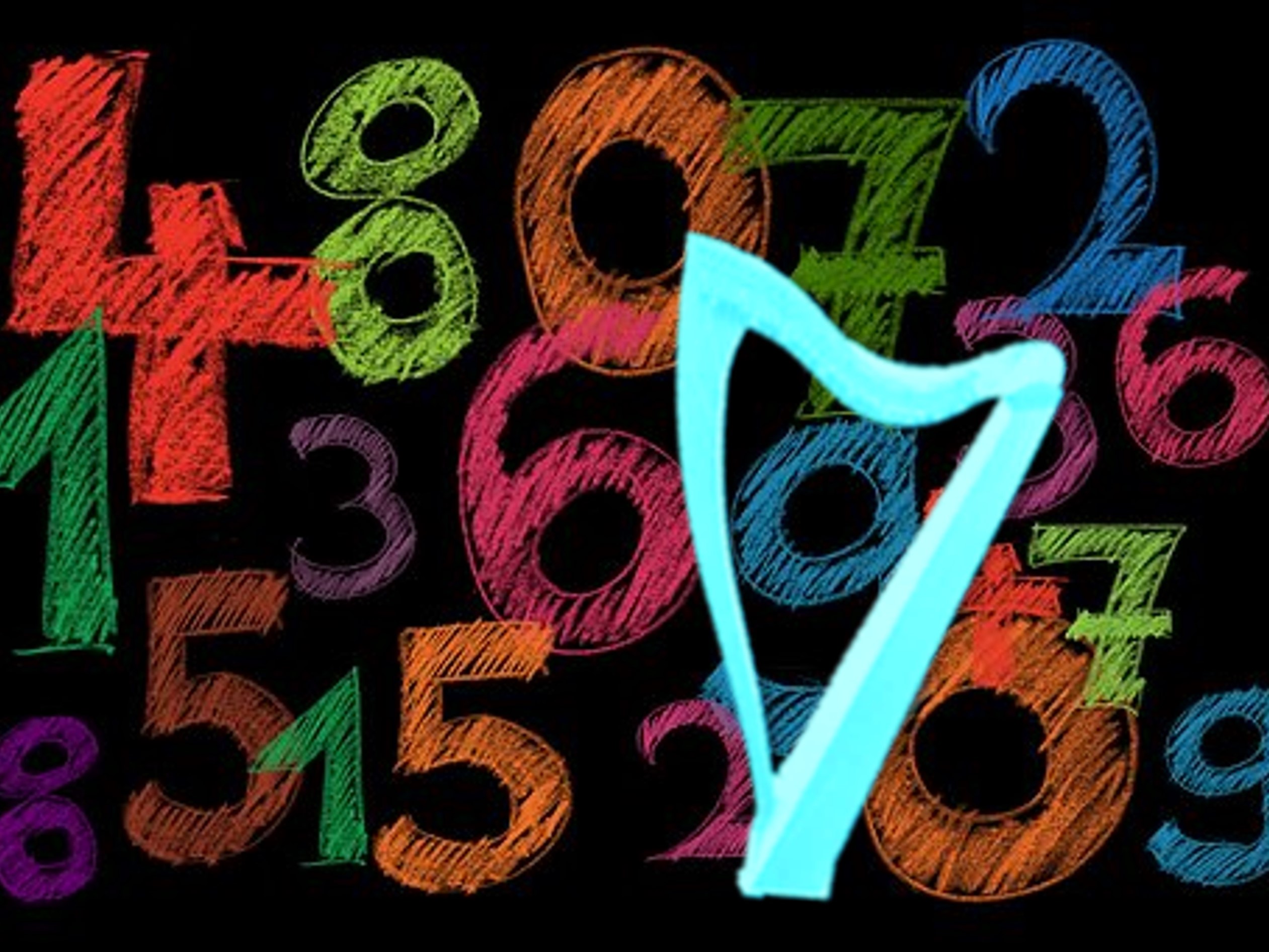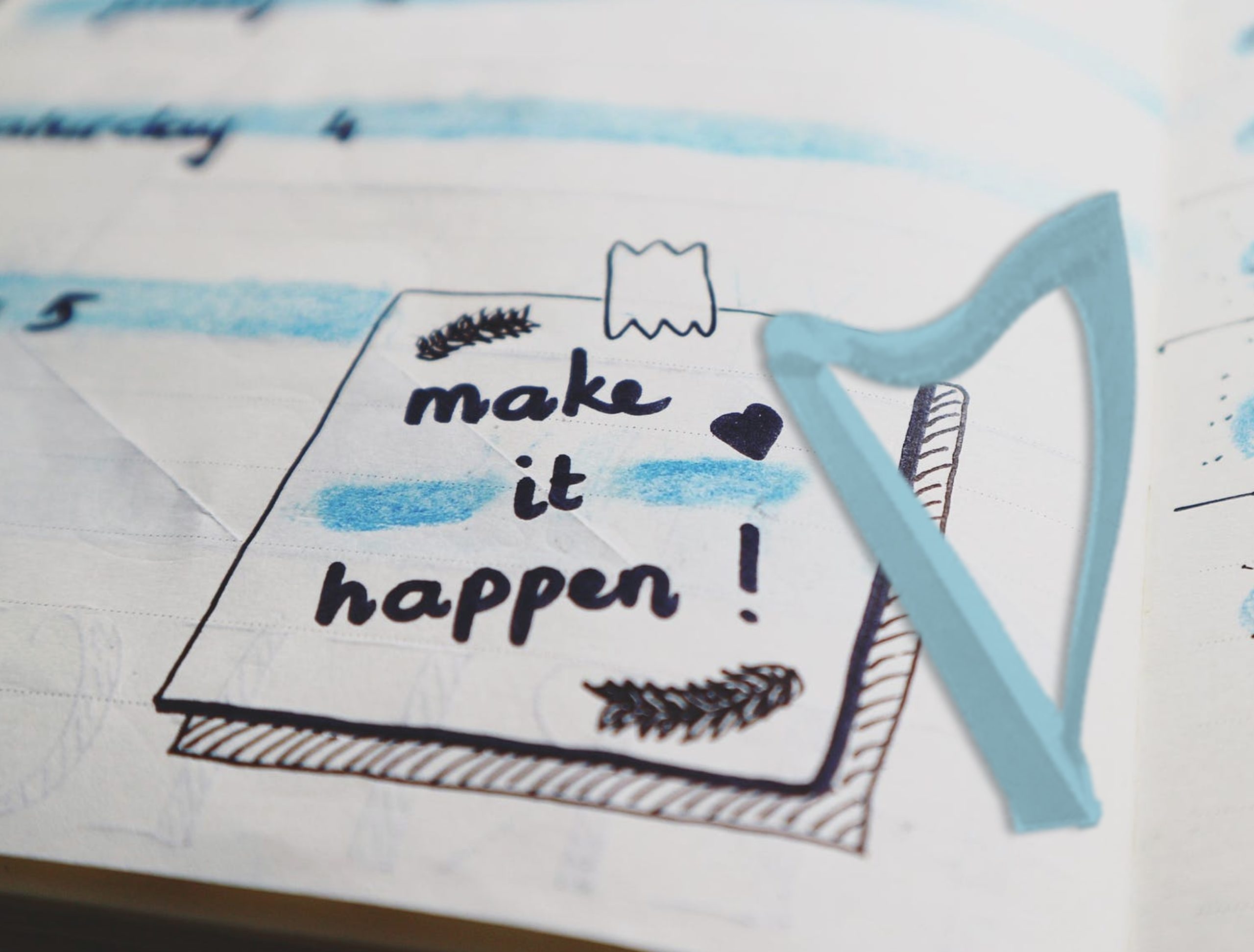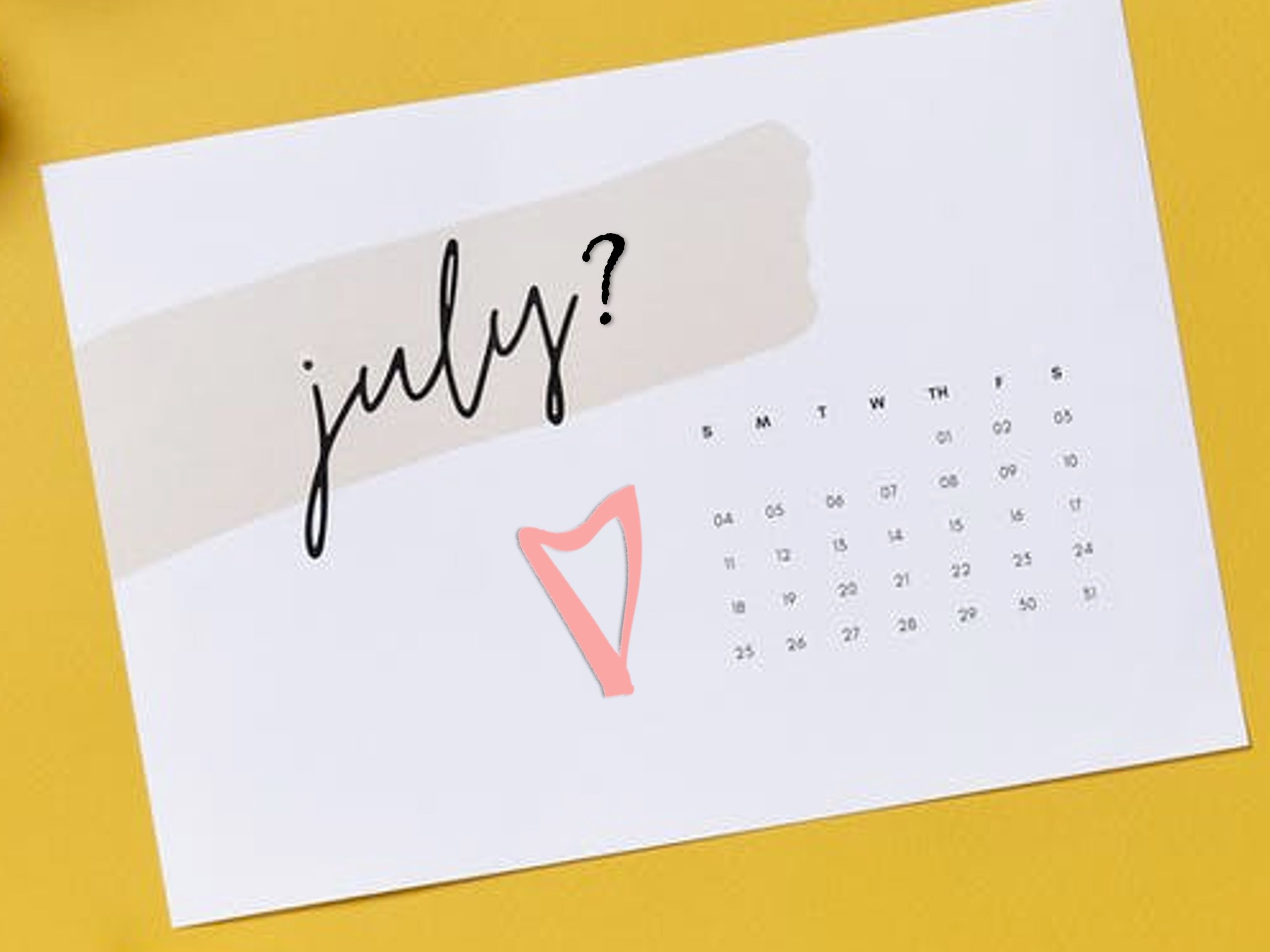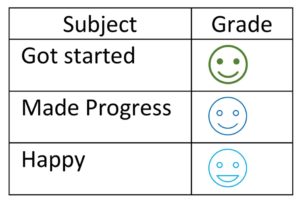Since we celebrated World Tourism Day before, travel has been on my mind. Ok, that’s not entirely true, because travel is a-l-w-a-y-s on my mind! I should have a little framed cross stitch like this:
 But anyway. While traveling is always fun – especially if you are not one of those passengers who scream at Flight Attendants, Gate Agents, or other passengers – traveling with your harp does have some challenges. I talked about some of those here and here. Those have to do with the transport of your harp. This week, let’s talk about when you get there.
But anyway. While traveling is always fun – especially if you are not one of those passengers who scream at Flight Attendants, Gate Agents, or other passengers – traveling with your harp does have some challenges. I talked about some of those here and here. Those have to do with the transport of your harp. This week, let’s talk about when you get there.
Because while 99.999% of the 7 billion people on the earth l-o-v-e the harp, the remaining 0.001% will be booked into the room next to yours. Never fails.
I should start by pointing out that I have played on the balcony of my hotel and thereby met new, interesting and interested people. Just like if you’re playing at home, few things draw people to you like playing your instrument and sharing your music.
However….and I learned this the hard way, sometimes people are not so happy to learn you play an instrument. Once, I was in Memphis TN (yes, known as a music city) with that powerful sound generator, my Harpsicle – when someone called the front desk to complain. Yup, it happened. Funnier – someone else was practicing the bagpipes in that same hotel…some people’s kids.
So, keep in mind that quiet and discretion are important while staying in accommodations like hotels, motels, and B&Bs. But how do you get quiet and still get to practice or play? Here are a few ideas:
The first is a physical intervention. Weave a scarf or tie between the strings. Push it close to the soundboard. This acts as a muffle and therefore makes your playing quieter. Don’t put off selecting your scarf for the last minute – the scarf (or tie) needs to be long enough to run the length of the strings. It also needs to be narrow enough (for a scarf) or thin enough (if you use a tie) so that it doesn’t bunch up (which results in too much “thup-i-ness” that I find distracting). This is not as easy as using your hat to muffle your trumpet, but it is infinitely better for the harp (after all, we’re not playing the trumpet and I’ve tried waving my hat in front of the harp, but it didn’t make it any quieter!). I wish I could tell you I thought up this tip but I learned it from Therese Honey.
The second method is to use a musical technique. This one seems to be tricky – just play more quietly! You might have seen this marking before –
pppp
But have you ever tried using it? Ok, now I’m being a bit snide. Dynamics are a thing… and you can use them in your practice. You could play as pianississimo as possible and see what happens to your playing. You can also do this at home, no need to wait to be booked into a hotel. There are some things that happen when you play quietly. You will be able to play slightly faster (yup). You may be more accurate – because you’re being careful. You may find that you even have time now to close (whodathunk?). And because of all that you might find that, overall, you’re just playing better. In addition, learning to control your volume will make you a better musician.
Both of those work well for practicing or playing for enjoyment. This last suggestion is really for practicing rather than playing for enjoyment – you can “placeplay”. I do this with my students (and I’m pretty sure they hate it, but it works!). “Placeplaying” is moving through the finger shapes of the tune. Place the first shape, then close the fingers (don’t play, just close) and place the second shape. Remember that between these is actually another shape where the shapes overlap which is its own separate shape. Keep going: place – close – place – close – place – close – place – etc. through to the end of the tune. Keep placing but do not play. I love this because you learn things about the tune while you’re doing it. You can develop a new appreciation for the tune through this – you see shapes you missed, musical ideas you can see but not hear and you learn to think about the tune on a different level (like how although auditorily a “musical idea” is finished, on a physical level you’re actually in the middle of the idea). This is also an excellent way to learn a new tune – because you have to break it down and really look at it.
So, there you have it – three ways to play your harp in a hotel room and not bother other guests. Have you found other ways to coexist with other travelers? Hope you’ll share in the comments!










